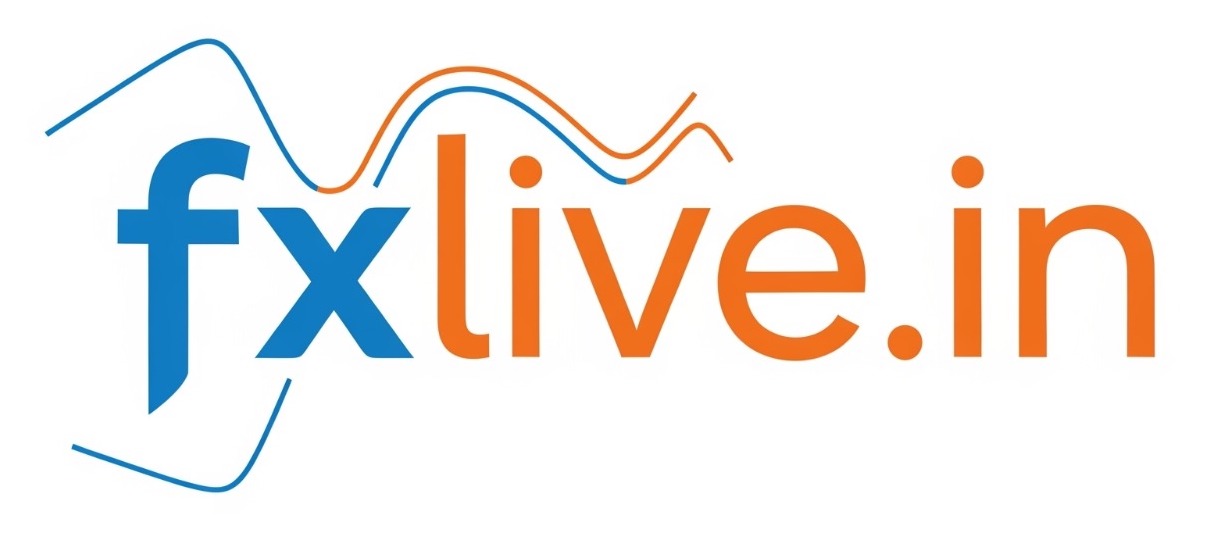The Sukhoi Superjet 100 (SSJ100) was Russia’s flagship attempt to compete in the regional jet market—the segment typically serving 70-120 passengers—which is dominated by players like Embraer (E-Jets) and the Airbus A220 (formerly Bombardier CSeries).
It does not directly challenge Boeing or Airbus in the main, larger single-aisle market (like the Boeing 737 or Airbus A320), as the SSJ100 is smaller. However, it was intended to challenge their extended families, like the smallest A220 model. The SSJ100’s attempt to gain a foothold in the global market was largely unsuccessful due to a combination of operational, support, and geopolitical challenges.
🛑 Key Challenges Against International Rivals
The Superjet’s competition was more acutely felt against dedicated regional jet manufacturers like Embraer and Bombardier (now Airbus A220). Its failure to gain significant market share stemmed from several critical issues:
1. Reliability and Operational Issues
- Low Dispatch Reliability: Airlines outside of Russia, such as Mexico’s Interjet and Ireland’s CityJet, experienced significant issues with the aircraft, leading to frequent grounding.
- Engine Problems: The initial engine, the PowerJet SaM146 (a joint venture with France’s Safran), suffered from premature wear and required frequent, unscheduled maintenance, leading to high maintenance costs and extended downtime.
- Safety Record: High-profile accidents, including a 2012 crash in Indonesia during a demonstration flight and a fatal 2019 fire during a hard landing in Moscow, severely damaged its international reputation and sales prospects.
2. After-Sales Support and Supply Chain
- Lack of Support Infrastructure: This was arguably the biggest deterrent for non-Russian operators. Unlike Boeing and Airbus, Sukhoi lacked a global, robust, and well-stocked spare parts and maintenance network.
- Spare Parts Delays: Airlines reported excessively long waiting times for spare parts, sometimes weeks or months, forcing them to ground large portions of their Superjet fleets, making the planes economically unviable.
3. High Foreign Component Dependency
- The SSJ100 was designed as an international collaboration, with over 80% of its components, including the avionics and the engines, coming from foreign suppliers (France, US, Italy, etc.). This exposed the program to immediate and critical failure when Western sanctions were imposed following the 2022 conflict in Ukraine.
4. Geopolitical and Sanctions Impact
- Following the imposition of sanctions, all foreign support for parts, maintenance, and the SaM146 engines ceased. This essentially grounded the aircraft outside of Russia and severely restricted its domestic fleet by creating massive supply shortages.
- This forced Russia to launch an accelerated “import substitution” program to replace all foreign parts, including developing the new Aviadvigatel PD-8 engine and an all-Russian avionics suite for the updated SJ-100 variant.
📊 Market Outcome
Despite its technical advantages (like a wider cabin than most competing regional jets), the Superjet failed to compete commercially outside its home market.
| Manufacturer | Aircraft Class | SSJ100’s Main Competition | International Sales Status |
| Embraer (Brazil) | Regional Jet | E-Jets E170/E190 series | Global Dominance in the 70-120 seat segment. |
| Airbus (Canada/Europe) | Regional Jet/Small Narrowbody | A220-100/300 (formerly Bombardier CSeries) | Significant Success and growing global orders. |
| Sukhoi/Yakovlev (Russia) | Regional Jet | SSJ100 | Extremely Limited. All non-Russian operators have canceled orders or retired the aircraft. |


